
Table of Contents
Particle board is a popular choice in furniture, cabinetry, and construction projects due to its affordability and versatility. However, one common concern among homeowners and builders is: is particle board water resistant? Can you waterproof particle board? While this engineered wood product offers many advantages, its resistance to moisture can vary depending on factors like material composition and treatment.
Understanding how particle board reacts to water, the potential consequences of exposure, and ways to enhance its water resistance is essential for making informed decisions about its use. In this guide, we’ll explore everything you need to know about particle board and water resistance, including practical tips to protect it and extend its lifespan.
What Is a Particle Board Made of?
Particle board is a cost-effective engineered wood product made by compressing and bonding wood particles, sawdust, and wood chips with a resin or adhesive. It’s widely used in furniture, cabinetry, and flooring due to its affordability and ease of manufacturing. The materials are pressed into flat sheets, which are then cut and finished to suit various applications.
The adhesive used in particle board plays a significant role in determining its properties, including strength and resistance to moisture. Common adhesives include urea-formaldehyde (UF), phenol-formaldehyde (PF), and melamine-formaldehyde (MF). Despite its versatility, many homeowners and builders wonder: is particle board water resistant?
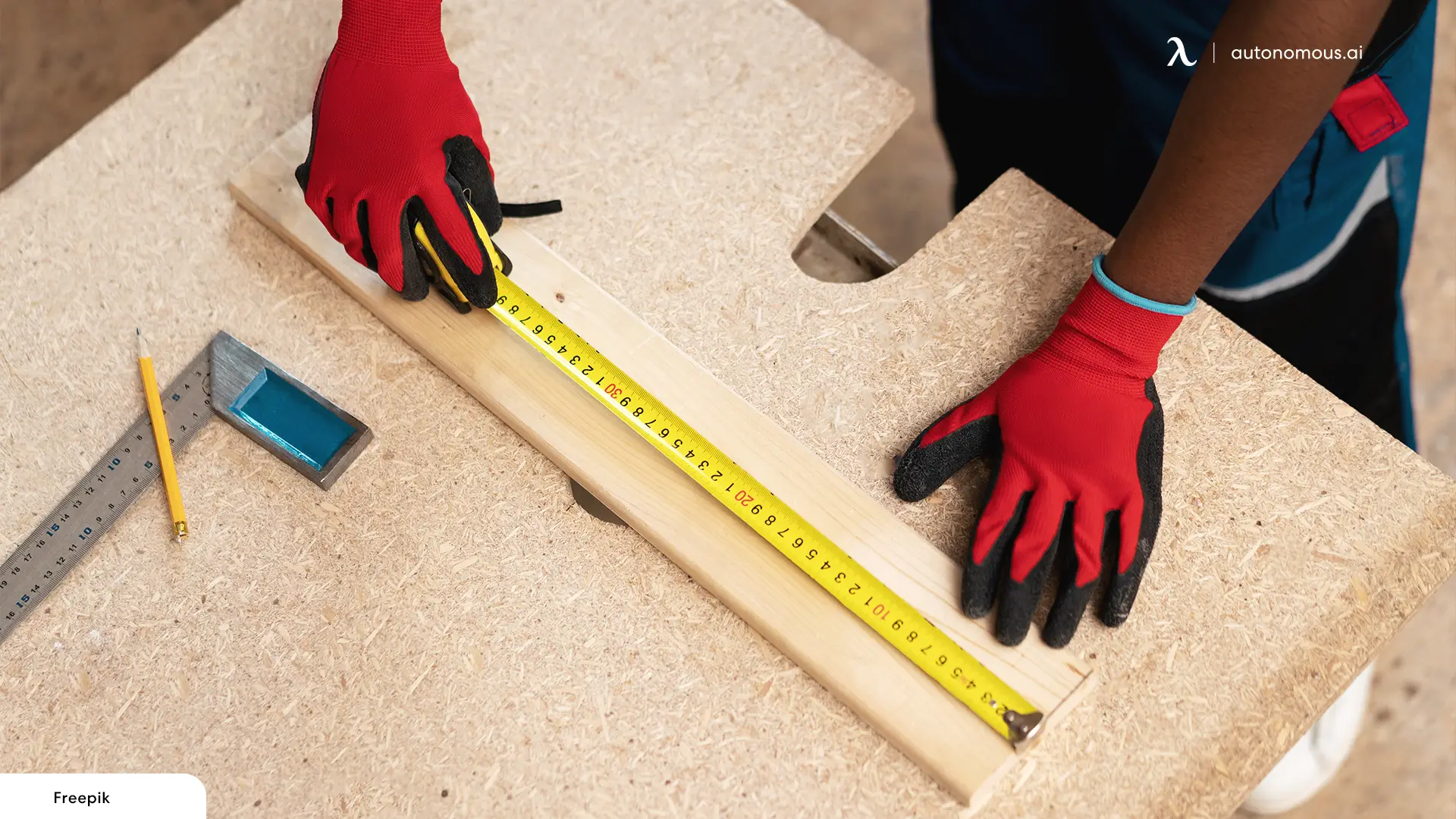
For more insight: Particle Board vs. MDF
Is Particle Board Water Resistant?
The short answer is no, standard particle boards are not inherently water resistant. While some types are designed to resist moisture better than others, particle boards generally absorb water quickly when exposed, leading to swelling, warping, or even disintegration over time.
Short-Term vs. Long-Term Exposure
- Short-Term Exposure: If a particle board is exposed to water for a short duration, such as a brief spill, it might not suffer significant damage if wiped dry quickly. However, any prolonged exposure to moisture can compromise its structural integrity.
- Long-Term Exposure: When a particle board remains wet over an extended period, it absorbs water, causing the fibers to swell. This leads to permanent deformation, weakening, and eventual breakdown of the material.
Factors Affecting Water Resistance
Several factors influence how well a particle board resists water:
- Type of Adhesive Used: Particle boards made with water-resistant adhesives, such as phenol-formaldehyde, perform better in moist environments.
- Surface Treatment: Boards coated with melamine or laminate provide a barrier against moisture but do not make the board entirely waterproof.
- Density of the Board: Higher-density boards are less porous and absorb water more slowly than low-density variants.
- Edges and Seams: Exposed edges and seams are the most vulnerable points where water can seep in and cause damage.
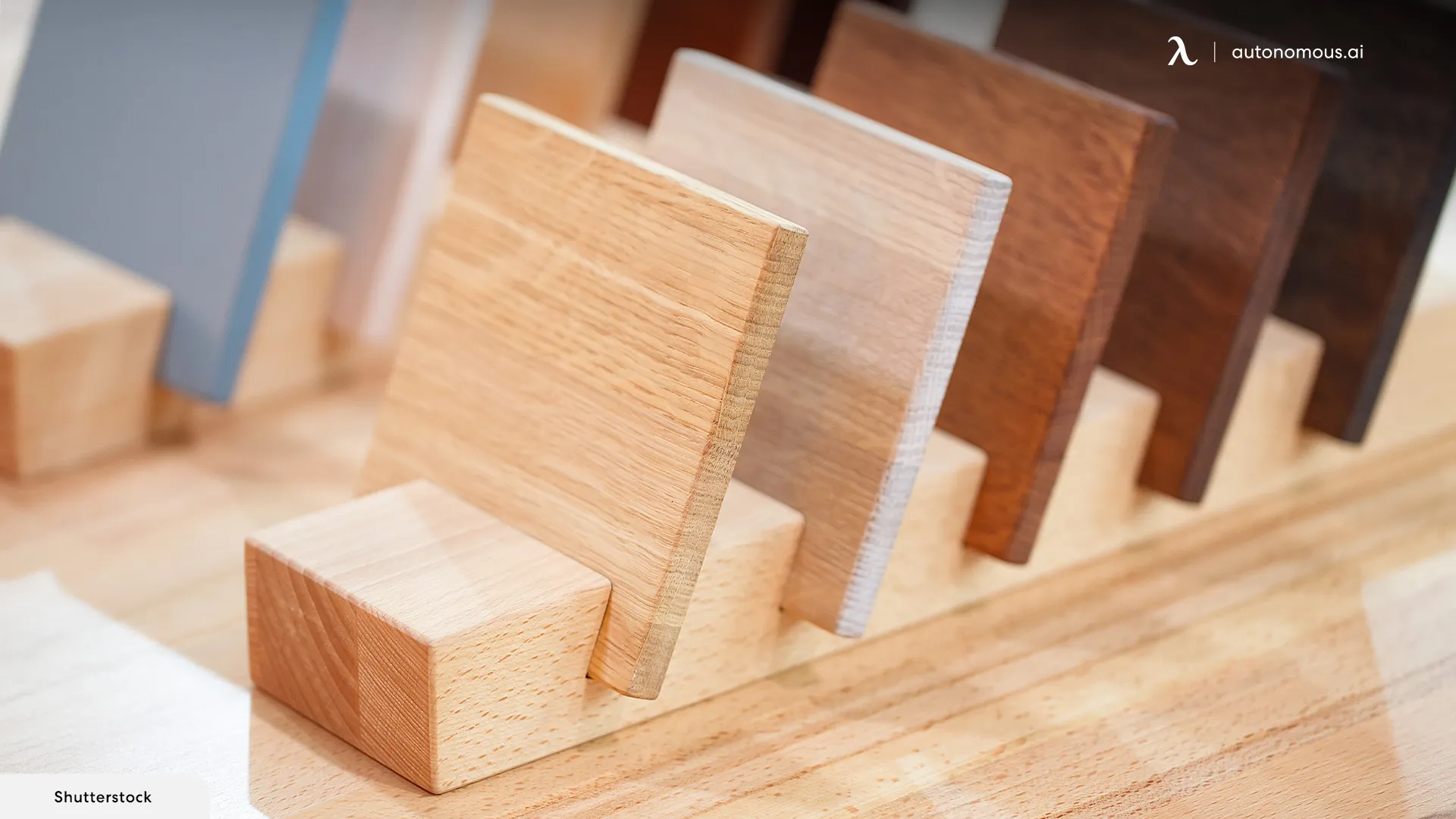
For more insight: MDF desk
Water Resistance Testing Methods
Testing the water resistance of particle board involves evaluating how it performs under various moisture exposure conditions. Here are the common methods used to assess this property:
ASTM Standards
The American Society for Testing and Materials (ASTM) has specific standards for evaluating the water resistance of engineered wood products, including particle boards. Key tests include:
- ASTM D1037: This standard evaluates the water absorption and thickness swelling of wood-based panels. Particle boards are submerged in water for a specified period, and their dimensional changes are measured.
- ASTM D5795: This test focuses on moisture-resistant adhesives used in particle board, ensuring that the bonding remains intact under wet conditions.
Laboratory Testing
In controlled laboratory environments, particle boards undergo rigorous water exposure tests, such as:
- Submersion Tests: Boards are submerged in water for hours or days to measure their swelling and weight gain.
- Humidity Chamber Tests: Boards are placed in high-humidity environments to simulate real-world conditions and observe changes over time.
Field Testing
Field testing involves exposing particle boards to real-life conditions, such as outdoor weather or high-moisture indoor environments. These tests provide insights into how the material performs in practical applications, such as under sinks, in kitchens, or in bathrooms.
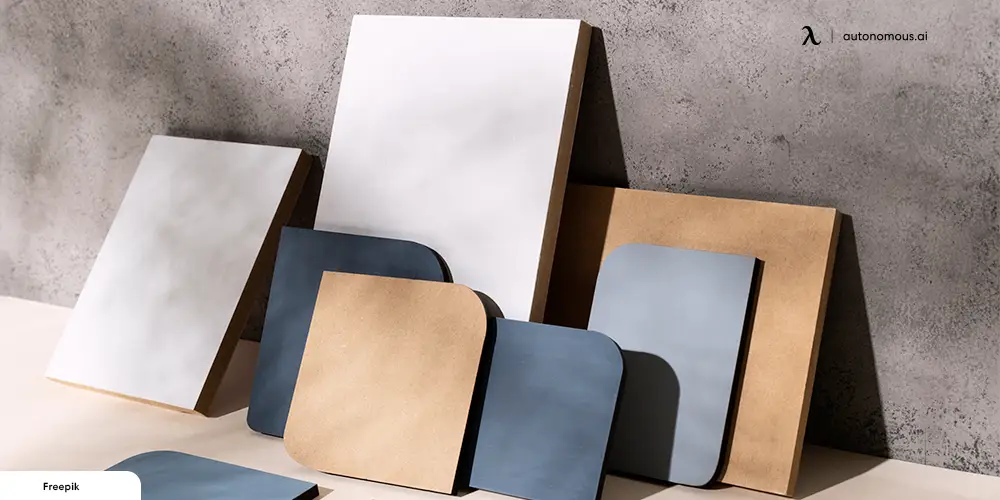
For more insight: Plywood vs. MDF
Simple and Effective Ways to Improve the Water Resistance of Particle Board
While particle board isn’t naturally water resistant, you can take measures to enhance its performance in moist conditions. Here are some practical solutions:
1. Apply a Waterproof Sealant
Waterproof sealants, such as polyurethane, epoxy resin, or varnish, can create a protective barrier on the surface of the board. These sealants prevent water from penetrating the material and reduce the risk of swelling.
- Application: Clean the board surface, apply the sealant evenly with a brush or roller, and allow it to dry completely. Multiple coats may be needed for optimal protection.
- Use Case: Ideal for particle boards used in areas prone to occasional water exposure, like kitchen cabinets or countertops.
2. Use Melamine or Laminate Coverings
Covering particle board with melamine or laminate sheets provides an additional layer of protection. These materials are water-resistant and prevent direct contact with moisture.
- Application: Laminate sheets are bonded to the particle board surface using adhesives and heat. This technique is common in furniture manufacturing.
- Use Case: Suitable for furniture and storage units exposed to light moisture.
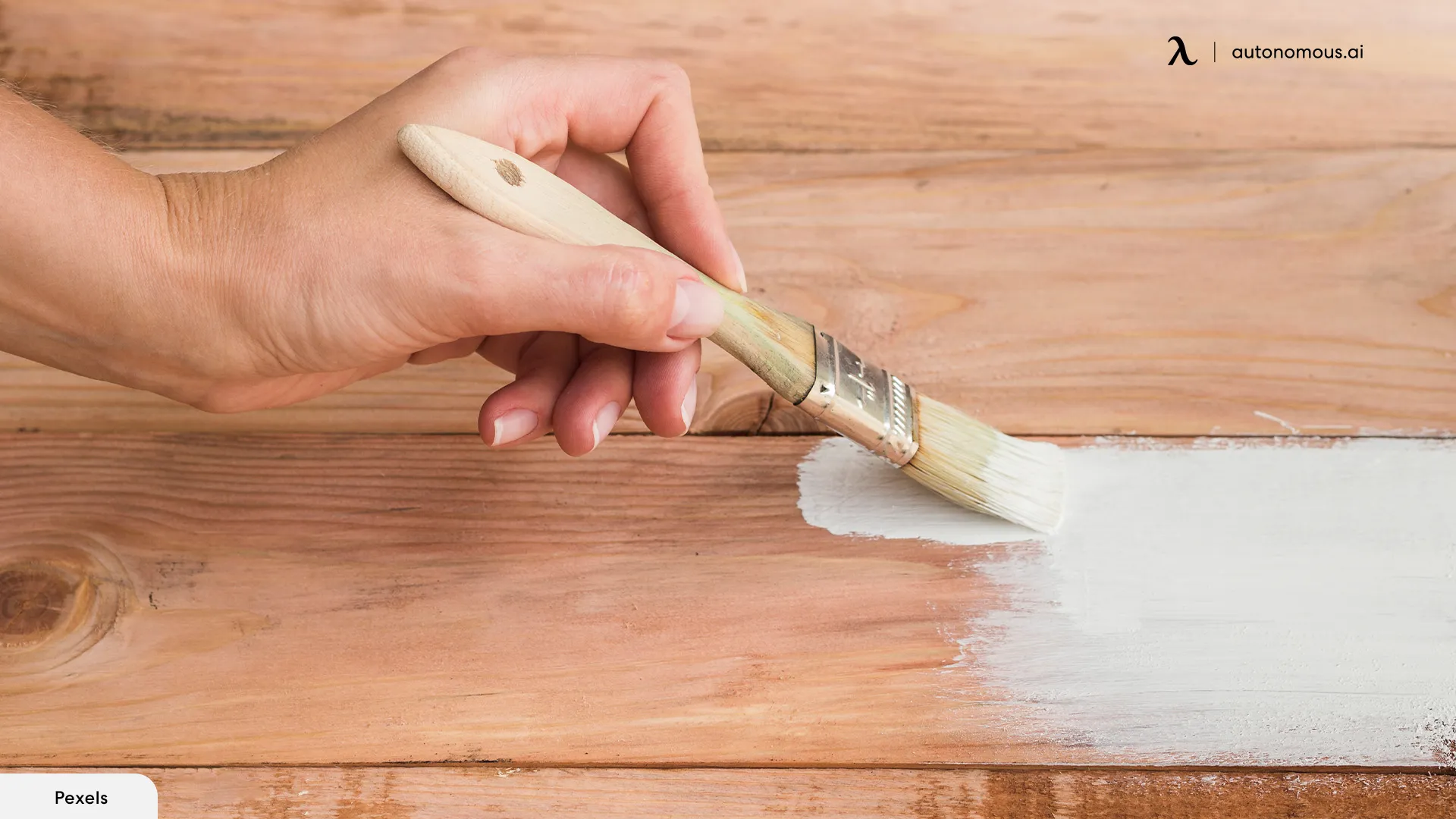
For more insight: How to remove formaldehyde from furniture?
3. Paint the Surface
Applying a water-resistant paint, such as acrylic or enamel, can help protect particle boards from water damage. Paint not only improves the board’s appearance but also seals its surface against moisture.
- Application: Sand the board to create a smooth surface, apply a primer, and then paint with a water-resistant finish.
- Use Case: Recommended for DIY projects and low-moisture environments.
4. Seal Edges and Joints
The edges and joints of particle boards are particularly vulnerable to water damage. Using edge banding, silicone sealants, or wood filler can protect these weak points.
- Application: Apply edge banding using adhesive or a hot iron, and seal joints with silicone or similar waterproof materials.
- Use Case: Essential for cabinetry and flooring applications.
5. Opt for Water-Resistant Grades
Some manufacturers offer water-resistant grades of particle board, such as moisture-resistant (MR) particle boards. These boards are treated with special resins and additives to improve their resistance to water.
- Availability: Look for products labeled as MR or suitable for humid environments.
- Use Case: Ideal for bathrooms, kitchens, and outdoor furniture.
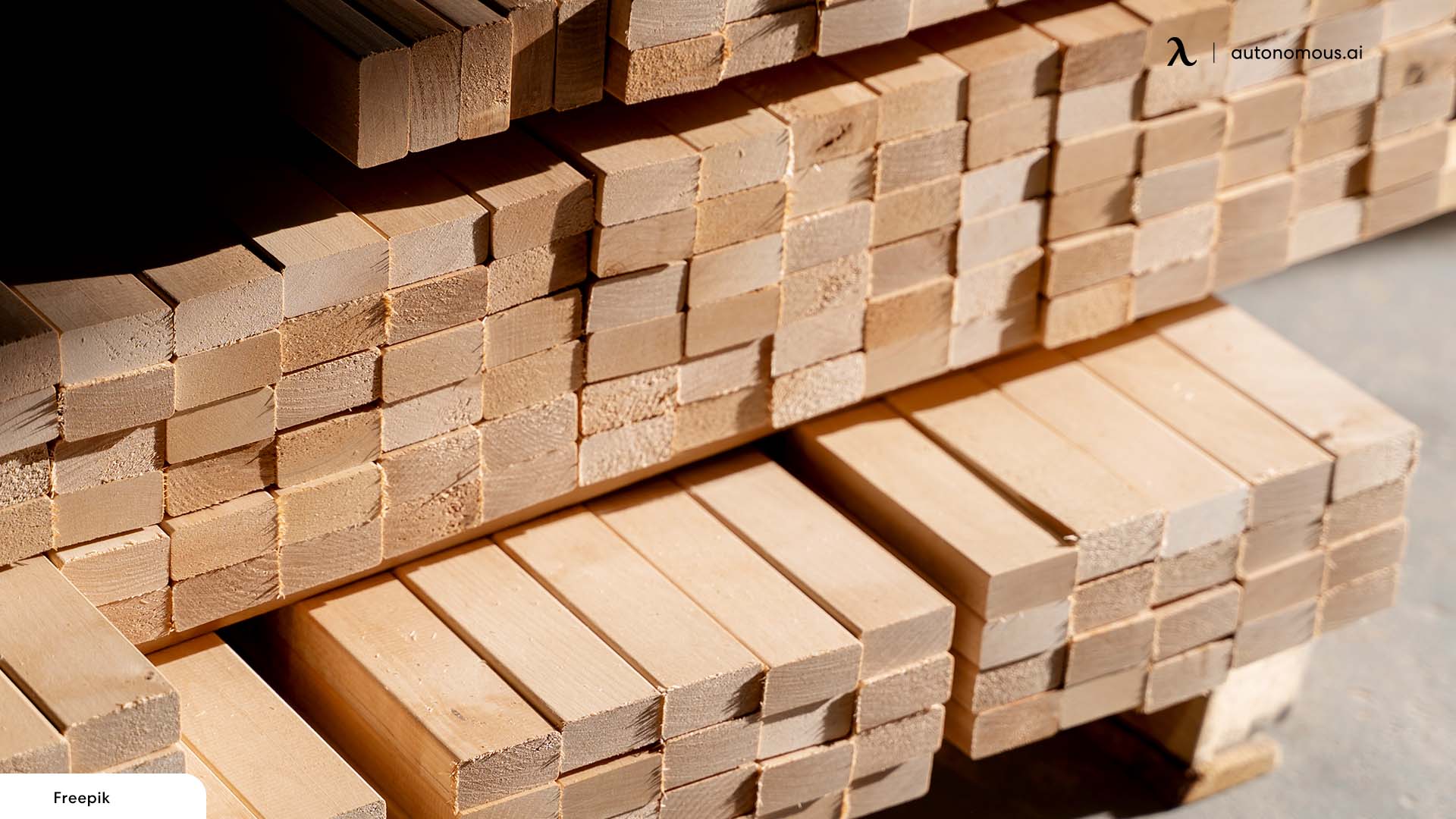
For more insight: Is MDF durable?
What Happens If Particle Board Gets Wet?
If particle board gets wet, the outcome depends on the duration and extent of exposure:
- Short-Term Wetting: Brief exposure, like a spill, may not cause significant damage if cleaned up promptly. The surface might remain intact, especially if it's coated or laminated.
- Long-Term Wetting: Prolonged exposure to water leads to swelling, warping, and softening of the board. Over time, the adhesive bonds break down, causing the board to disintegrate.
In severe cases, wet particle boards can become structurally unstable and may need to be replaced entirely. Preventative measures, such as sealing and proper maintenance, are essential to extend the lifespan of particle boards in damp environments.
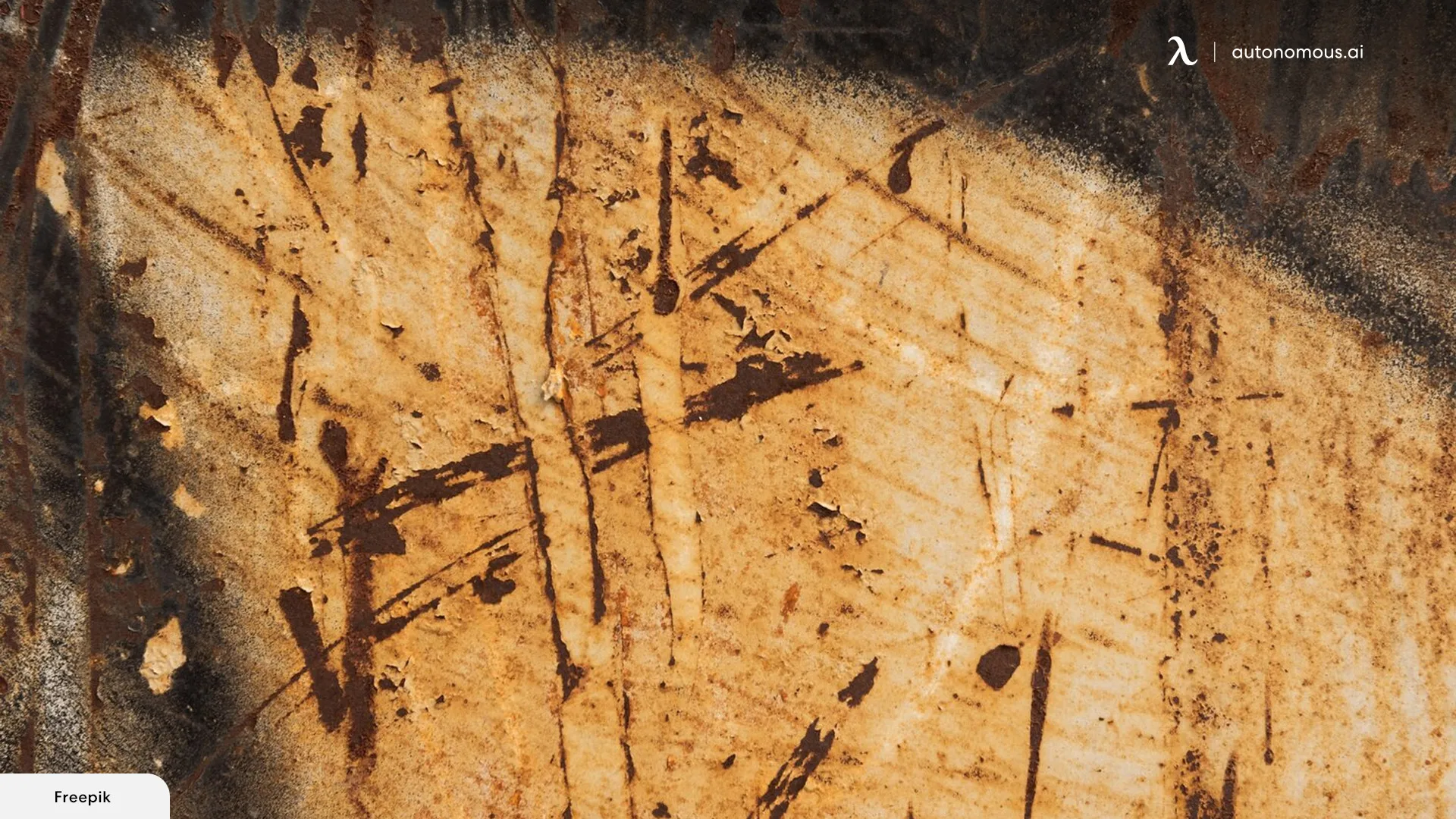
Explore more about:
Summary
Particle board is an affordable and versatile material, but it is not inherently water resistant. While short-term exposure to water may not cause immediate damage, prolonged moisture contact can lead to swelling and structural issues. Understanding factors like adhesive type, surface treatment, and density is essential for managing the water resistance of particle boards.
To improve its performance, consider applying waterproof sealants, using laminate coverings, sealing edges, or opting for moisture-resistant grades. If you're wondering if particle boards can get wet, the answer depends on these preventive measures. By enhancing water resistance, you can ensure that particle board remains a reliable choice for various applications.
Stay connected with us!
Subscribe to our weekly updates to stay in the loop about our latest innovations and community news!
Interested in a Link Placement?
Spread the word
.svg)



/https://storage.googleapis.com/s3-autonomous-upgrade-3/production/ecm/230914/bulk-order-sep-2023-720x1200-CTA-min.jpg)

/https://storage.googleapis.com/s3-autonomous-upgrade-3/production/ecm/230824/EthanJohnson-ffebe8b4-4650-46f9-a3b3-ed980acaad86.jpg)